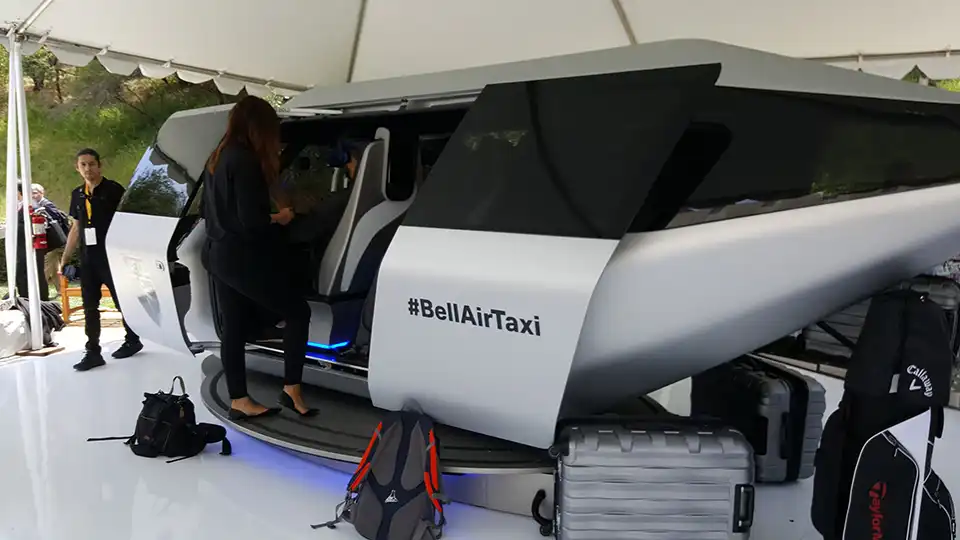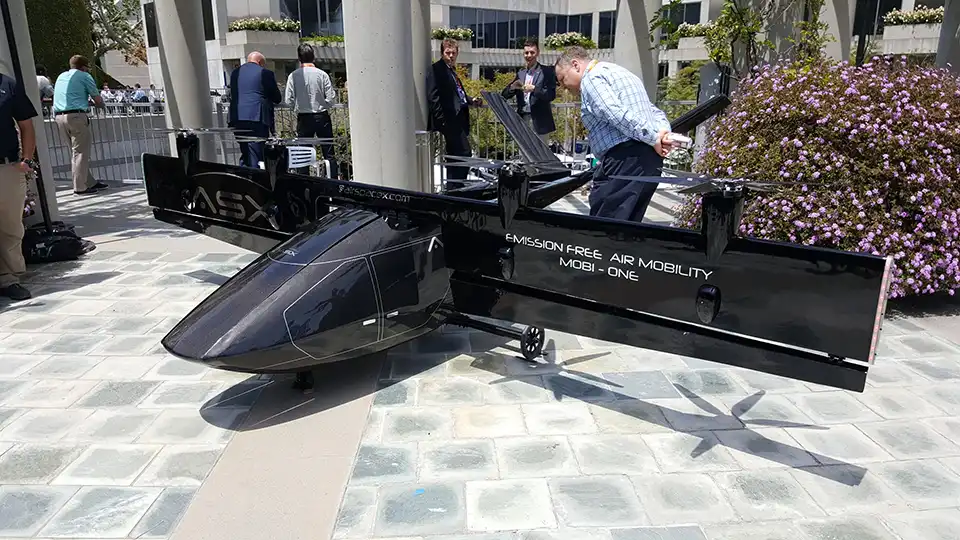Eyes on Innovation at Uber Summit
May 10, 2018 - From airspace and operations, to batteries and environmental sustainability and air mobility, the Uber Elevate Summit in Los Angeles this week showcases the rideshare pioneer’s pathway to certificated air taxi flights in 2023. EAA board members Dan Schwinn and Phil Martineau, along with Dave Chaimson, EAA’s vice president of marketing and business development, are at the conference to review the innovation and how it may affect airspace use in the future.
Partnering with companies and agencies like Pipistrel Vertical Solutions, Aurora Flight Services, Bell, Chargepoint, Kamen Aircraft, and NASA, among others, Uber Air is aggressively building a robust aviation network in order to build out its innovative vision of an aerial ride-sharing network.
Of most interest to EAA and its members will be Uber’s approach to airspace management and how it will impact low-altitude flight in urban environments. While Uber has stated it would like to operate in dedicated corridors, acting FAA Administrator Dan Elwell commented in an interview on Tuesday that he prefers they work towards complete integration within the system as the ultimate goal.
There was a lot of discussion on the newly proposed Integration Pilot Program (IPP), where according to the FAA, “The Unmanned Aircraft System (UAS) Integration Pilot Program (IPP) is an opportunity for state, local, and tribal governments to partner with private sector entities, such as UAS operators or manufacturers, to accelerate safe UAS integration.”
The program will help the U.S. Department of Transportation and the FAA craft new enabling rules that allow more complex low-altitude operations by:
- Identifying ways to balance local and national interests related to UAS integration.
- Improving communications with local, state, and tribal jurisdictions.
- Addressing security and privacy risks.
- Accelerating the approval of operations that currently require special authorizations.
“It’s through this program that the FAA hopes to collect an immense amount of data to make decisions on how to safely integrate aerial ride sharing aircraft into the national airspace system going forward,” Chaimson said. “In addition, there will be a huge demand for pilots to operate these air taxis before they will be flown autonomously.”
While it’s undetermined who will ultimately be the first to launch these services in the future, Uber is working to establish itself as a primary player in the air mobility infrastructure.



